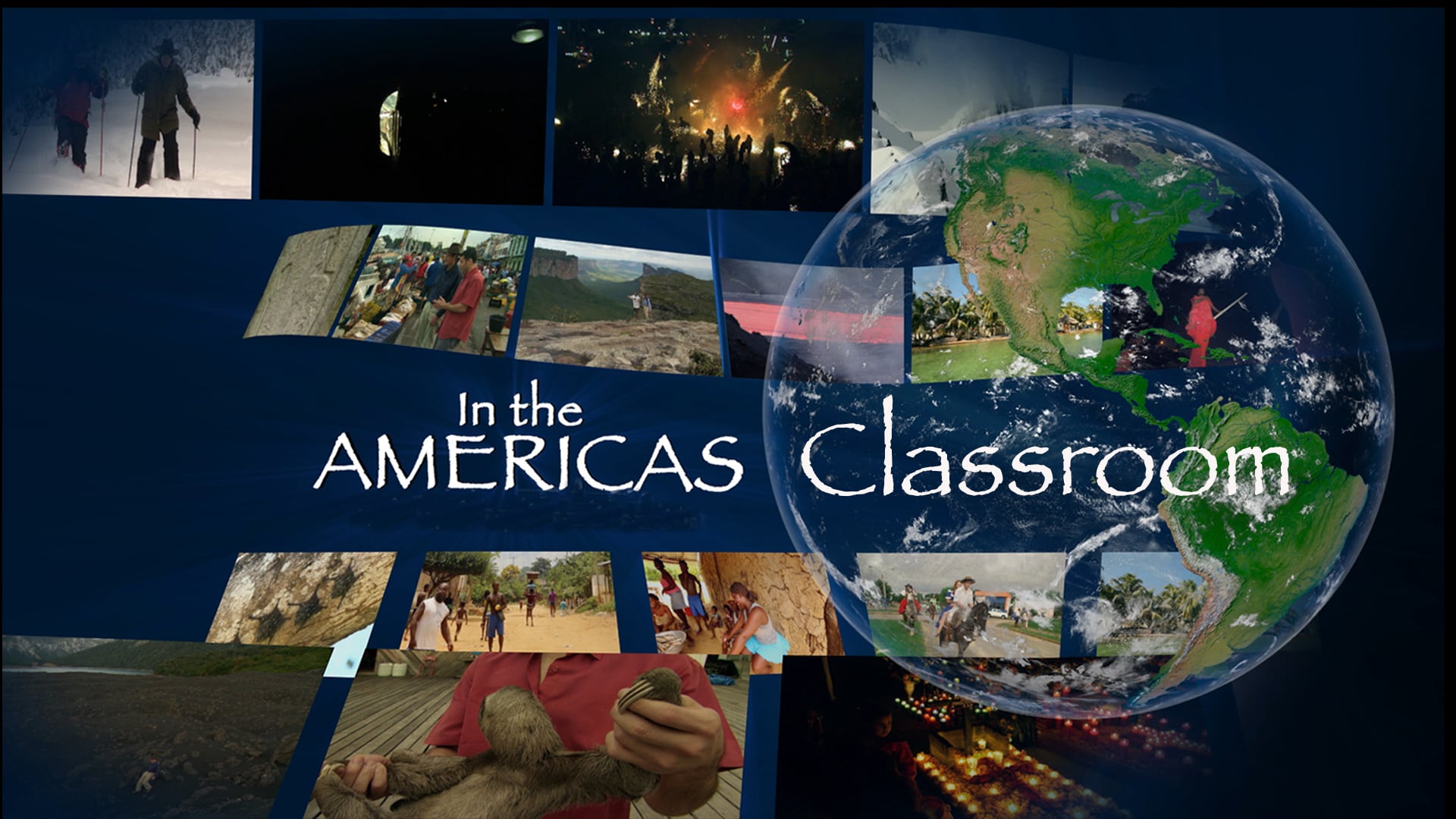Lesson 406 – Argentina-Malbec/Ruta 40
Category : Curriculum Season 4
Argentina’s nostalgic Ruta 40 – Route Forty – passes along the base of the Cordillera of the Andes from the extreme north to the
Southernmost road in the nation. On its way Ruta 40 meets the famed wine capital of Mendoza, whose dedication to Malbec wine is recent, but whose wine production dates to colonial times. We linger in vineyards and bodegas, sampling the varieties of Malbec and Argentinian food. Farther south Ruta 40 penetrates the northern reaches of Patagonia, a windswept desert bordered on the west by the incomparable Andes, and massive pre-Andean volcanoes.
Learning Objective
Students will learn about the famous Ruta 40, city of Mendoza and some of its geographic and economic highlights.
Social Studies Standards
Time, Continuity, & Change: D, E
Discussion Prompts
- Why would the town of Mendoza have both an Independence and a Religious Plaza? What is the difference between the plazas and the meaning of each plaza for the residents?
- In the video, the historian shares that the Argentines believe they are Europeans and the town’s mosaic tells the history of their conquest by the Spaniards. Do you agree the Argentinians are Europeans? Justify your opinion.
- The host, during his visit to Plaza España, talks about how the European treated the Indigenous people of Argentina. In what ways could you explain, differentiate, and justify extermination and extermination by law of Indigenous peoples? Elaborate your answers.
- In the Americas crew found shrines around the Ruta 40 and Antonio Mamerto Gil’s shrine was one of them. What makes Gil’s shrine interesting? Compare and contrast his shrine with the ones in your region.
Lesson Activities
- Research the origin and the development of the Malbec wine in Mendoza. Use a timeline to illustrate the progress of that industry.
- Mendoza has several public historical markers such as the mosaics and plazas. What are some of the historic markers where you live? Create a collage in a mosaic style, using pictures or/and drawings, illustrating your town’s history.
- Antonio Mamerto Gil was seen as an outlaw by some people and as a folk saint by others. Write an essay about Gil’s life, explaining, clarifying, and justifying the cultural juxtaposition between the law and the believers.
- Suppose that a Ruta, like Ruta 40, was going to be created in your region/country. Where would In the America’s crew make their stops? Why? Create a map with icons illustrating their route and stops.
Vocabulary
- bodegas
- canonized
- cordillera
- exterminate
- investigate
- juxtaposition
- sacrilege
- shrine
- velvety
- windswept
